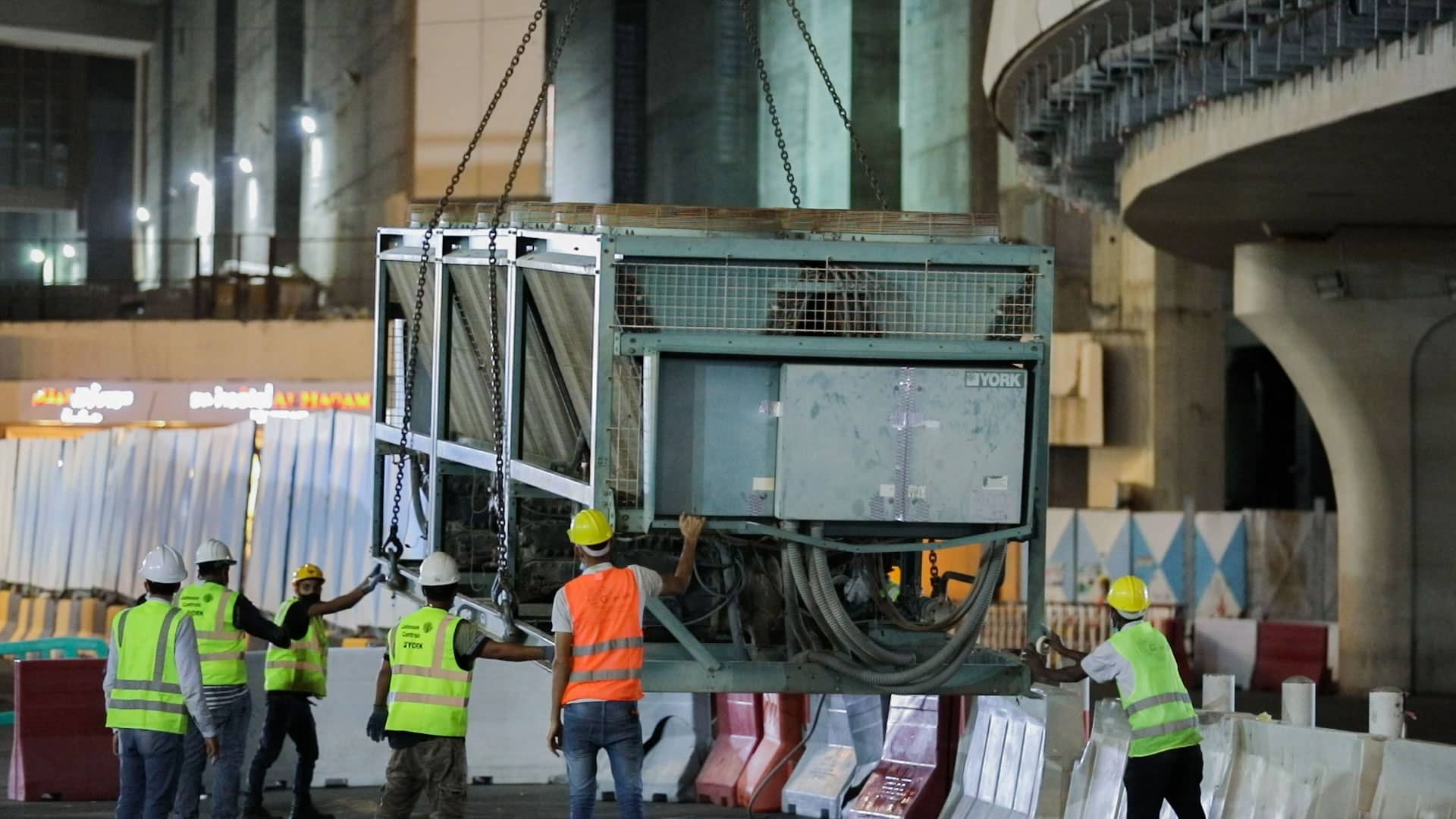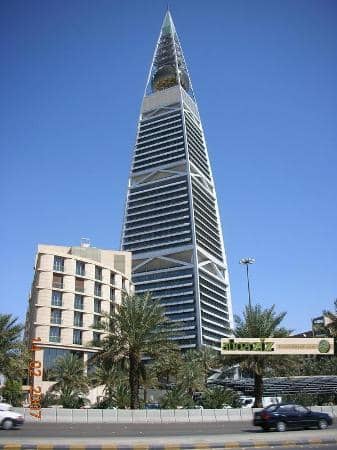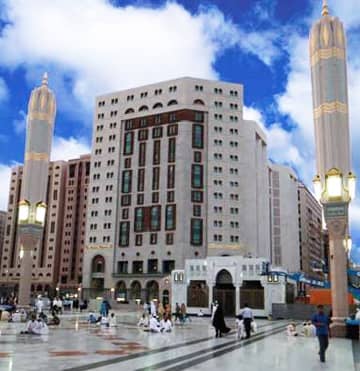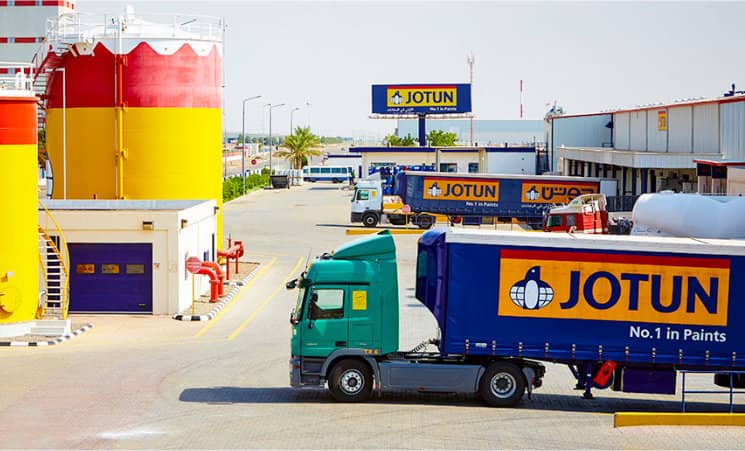Save up to 50% in Energy Consumption & Reduce Maintenance Cost
Years In Kingdom-wide
Projects Executed
Chiller Replaced
TR, Total Cooling Capacity
The average lifespan of chillers is 20–25 years. While preventive maintenance helps maintain units in efficient operational condition, when a chiller’s operation in a facility exceeds 10–12 years, power consumption and maintenance costs increase drastically, while operational efficiency decreases. Therefore, it becomes necessary to replace them with new chillers, featuring the latest VSD technology and advanced specifications that save up to 40–45% energy consumption.


Increase Energy Efficiency

Increase Operational Efficiency

Decrease Maintenance Costs

Technologies Upgrade

Johnson Controls Arabia has vast experience in
planning and executing chiller replacements kingdom-wide.
The key challenges addressed in most projects are:

Efficiency: Outdated systems can be energy-inefficient, leading to high energy costs.

Reliability: Older systems are more prone to breakdowns and expensive repairs.

Environmental impact: Older units may use outdated refrigerants, contributing to environmental harm.

Comfort: Newer systems provide better temperature control and air quality.


Energy efficiency: Select ENERGY STAR-rated systems for better efficiency and lower energy costs.

System compatibility: Ensure the new equipment matches the existing infrastructure (ductwork, electrical capacity).

Size and capacity: Correct sizing ensures optimal performance and prevents overworking the system.

Budget: Consider the cost of new equipment, installation, and operational savings.


Site assessment: Evaluate the current system and recommend appropriate replacements.

Dismantling old equipment: Safely remove the outdated system.

Installation of new equipment: Includes setting up new HVAC units, ductwork, and accessories.

Testing and calibration: Ensure optimal operation of the new system.
Post-installation support: Provide maintenance and service packages.








